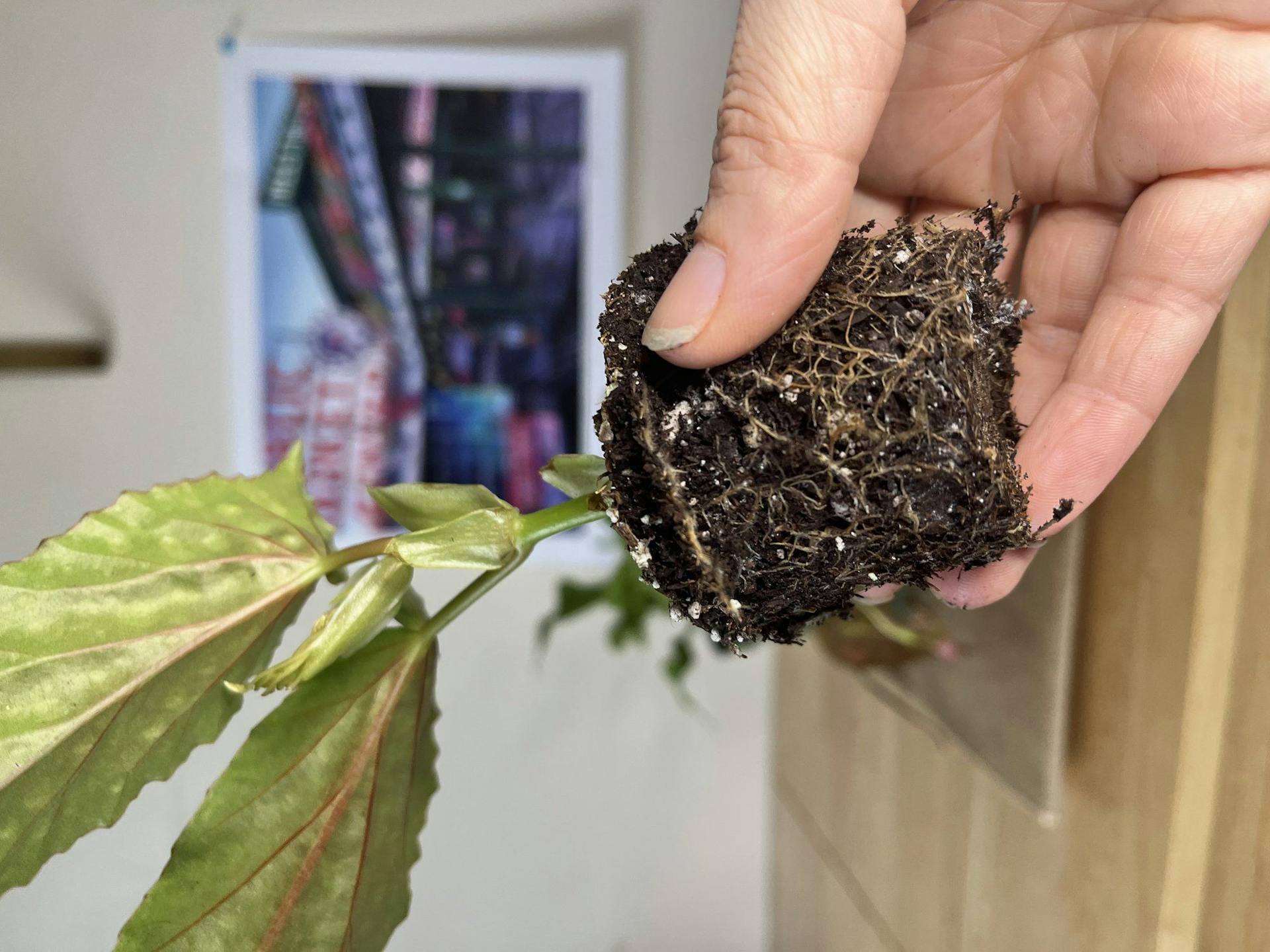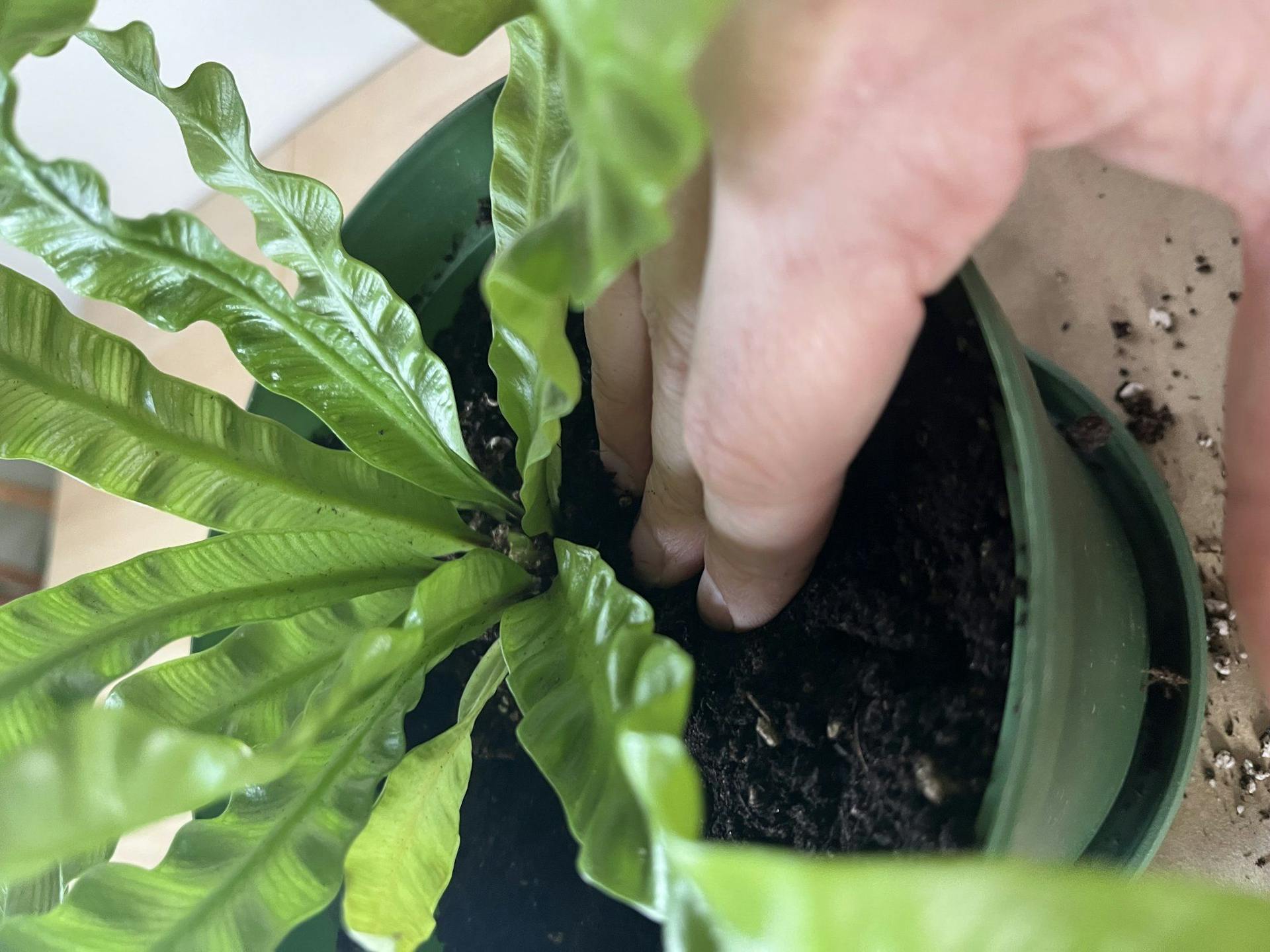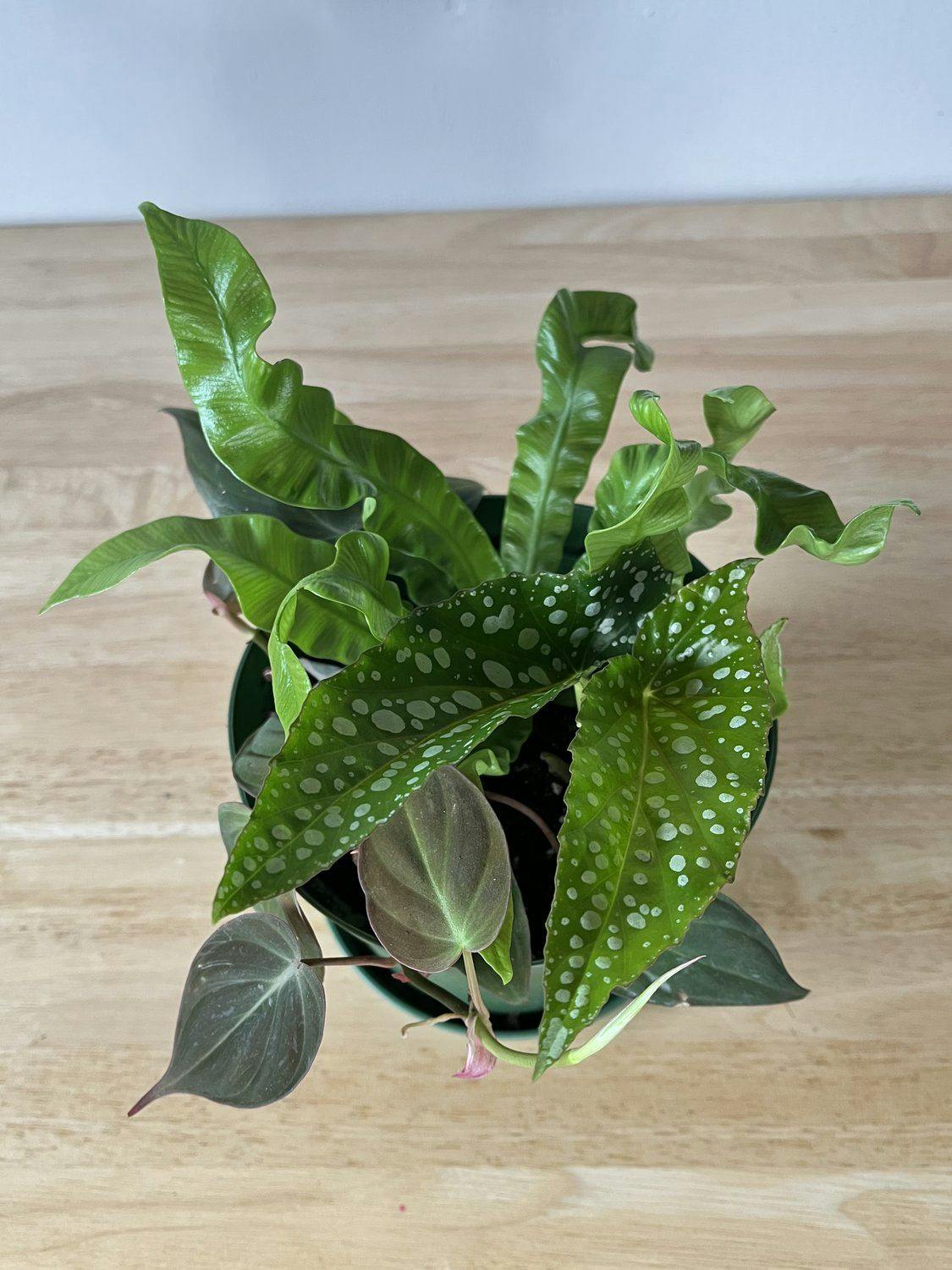Growing Together: How to Pot Companion Plants
Everyone knows that life’s better with a friend- or two or three. And that sentiment rings true when it comes to your houseplants.
Companion plants are plants that share similar soil types and care requirements and therefore make very good pot mates. Many plant parents find that potting plants together actually helps their plants to thrive.
If you think about it, this makes a lot of sense when we consider the outdoor environments that plants naturally grow in. When plants grow in the wild, they are usually not isolated on their own. They are usually surrounded by other plants that thrive in the same conditions. Companion planting is a way to mimic your plant's original habitat by giving them soil mates.
The first step in companion planting is to find a few plants that you know will successfully grow together. This will take a bit of research on your part but doesn't have to be difficult. Here on Canopi, you can actually search for plants by care requirements like water and light- which makes finding friends for your plants quick and easy.
We're going to give you all the details on companion plants, and then show you an example of one that we planted as a guide. Here’s how to find out which plants you can pair together and then an example of how to get it done.
Research
You can start by researching plants that you are interested in already to see if they have compatible care requirements. Similarities when it comes to watering requirements, soil type and pH, and native habitat and origin will all help you to find matches for your plant.
As mentioned above, there are ways to search for plants with similar care requirements on our website. For a short list of examples, here are some plants that play well together are:
Snake plants and String of Hearts Calatheas and Ferns Hoyas, Pothos, and Lemon Heartleaf Philodendrons
Another great step is to take a look around your home. Set your plants up for success by giving them a home with the right light that they need, as well as a good humidity level for them to thrive. If you want to group some cacti and succulents together but live with very low light levels, then you can invest in some grow lights. You could also consider a low-light plant like pothos and start researching from there.
When looking into plants to pot together, think about design elements like colors and textures. What colors will pop when placed next to each other? Are you looking for three vivid plants that will add a pop of color to your space? Are there plants with similar or differing textures that would look nice together? Along with care requirements, think about how the plants will look together as well.
The next thing I would suggest you research is repotting plants. Most of the time, you are going to need to repot plants you want to turn into companions in order to give them enough room to live together. We have a blog post on the topic of repotting that I would recommend you read before attempting to group your plants together.
Creating Your Companion Plants Pot Home
To illustrate this idea, I decided to plant a Silver Spot Begonia, Crispy Wavy Bird’s Nest Fern, and Philodendron Micans together. These three plants are all moisture lovers, so I knew that watering them to keep the soil evenly moist would be no problem. They are all plants that require bright, indirect light to medium light which means that they would all be good companions when it comes to sunlight.
I used 3 2” plants and decided to plant them all together in a 6” pot so that all of their root systems would have access to water but also enough room to breathe. If you wanted to use 2 4” plants, I would suggest a 7” or 8” planter to place them in. For 2 2” plants, you would use a 4” pot. Basically, add up those inches of the individual plants and shoot for that diameter when it comes to planter size.
Since all three plants prefer well-draining soil, I used an all-purpose potting mix that had an excellent blend of moisture retention with added perlite for good drainage. Always use a planter or pot that has adequate drainage built in, either through one large drainage hole or through multiple drainage holes in the bottom.
Get your materials together to plant your companion plants. Since I have to repot inside my apartment, I always put down a paper bag as a repotting mat.
I planted 2” plants, so the first thing I did was to create 3 little divots in my 6” planter filled with potting soil. I experimented with placement, and what I thought would look the best in terms of where to plant each 2” plant.
Once you have a placement that you like, you can begin taking your plants out of their pots. Make sure to shake up the root ball and remove some of the soil from the root system before planting in the divots.

Once placed, add more potting mix to cover the tops of the plant's root systems and gently pack the soil down a bit with your fingers.

Repeat this process for each plant until you’ve filled your planter. Give your new little plant community a drink of water, and step back to admire your work!

Planting companion plants is fun and easy and gives a fresh, eye-catching look to your indoor plantscaping. You can search for plants on our website by care requirements, making finding companion plants a breeze.